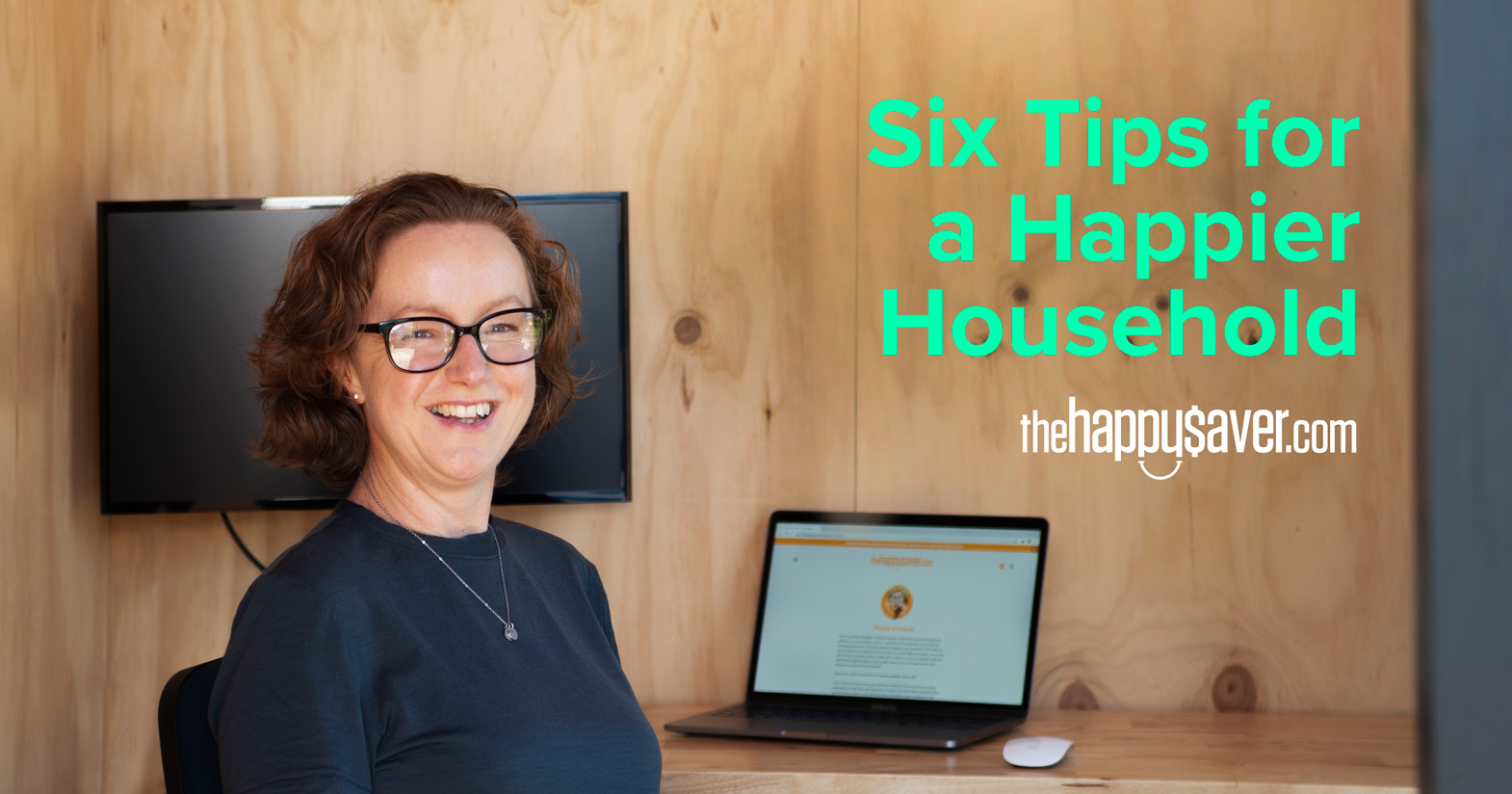
Each member of our household has a different personality, level of motivation and different interests. Managing household chores and finances is a constant balancing act between these different personality types so that everyone is happy and we each feel we are an important part of our family, even though we each play different roles.
If I were to try to make my husband and daughter strictly conform to my interests or motivations, the chances are high it would end in tears. And those tears would probably be my own! What I’ve discovered is that the key to a happy home is teamwork and accepting that we are three different people trying to muddle our way through life together.
So while fancy gadgets and intricate systems of home management are nice to have, it’s a series of habits and behaviors that we all participate in that makes our home a happy and healthy one. Here is what our household does.
Recently my 13-year-old daughter started to mention that the time might have come to change her bed. Her princess-style canopy bed (with curtains!) was feeling a little childish for this up-and-coming teenager.
So while out on a walk together (exercise), we talked it through (communication) and chatted about how this bed had given her seven years of sweet dreams (empathy). We also talked about what other kids her age were sleeping in (contact with family and friends) and what size and style might be appropriate. When we got home we looked up what style of new bed she liked and how much it would cost (discuss all purchases). We found a new bed for $270 that would fit her current mattress and then we set about preparing her old bed for sale which involved cleaning it up and taking photos so we could list it for sale (household chores).
We managed to sell it for $120, PLUS another piece of unused furniture from her room for a further $45, meaning that the total outlay for this new bed was actually just $105.
All three of us were happy with this outcome! She got a new bed which she loves, Jonny got to do research and shop online which he likes and I kept the costs within the budget we had set.
This is just an extremely simple example of how I manage my household. It’s a series of conversations and behaviors that always tie back to those six actions.
As a family, we are in constant motion, each with different wants and needs. Something that was fit for the purpose last year may no longer be needed this year, so we are constantly negotiating on what we need to get and what we need to let go of. Because of our relaxed attitude and our willingness to practice a bit of good old fashion ‘give and take’, our set of parameters work for ANY decision we are making and those six key areas let us express ourselves and meet our individual goals without having to argue. And that feels like a pretty happy household to me.
Ruth blogs at thehappysaver.com all about how she and her family handle money. What’s the secret? Spend less than you earn, invest the difference, avoid debt and budget each dollar that flows through your hands. She firmly believes that if you can just get the basics right, life becomes easier from there on in.